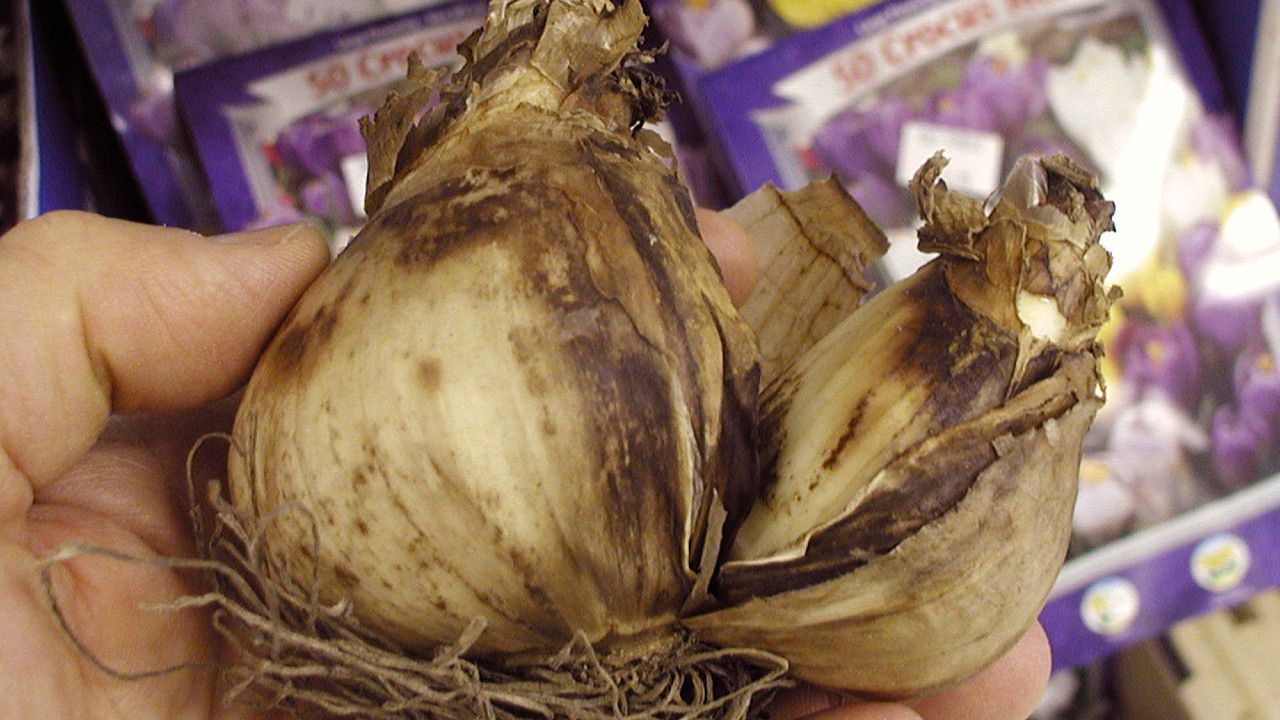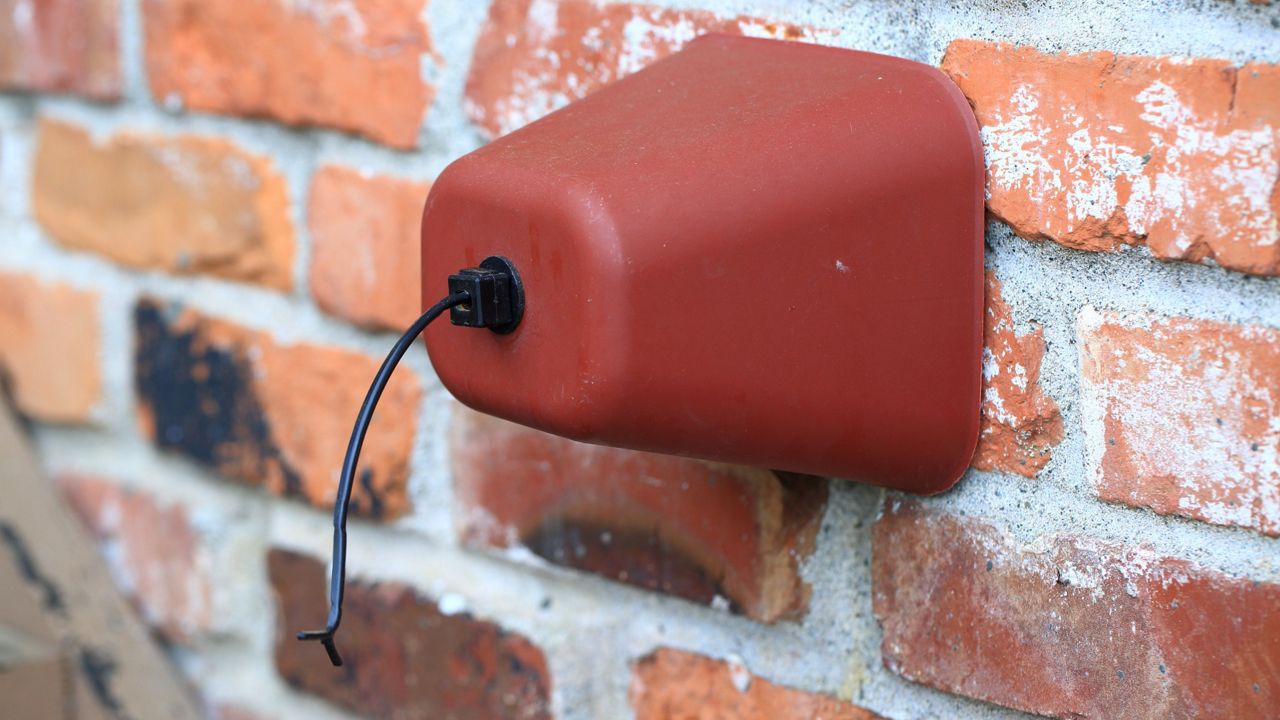Before we know it, the chill of winter will settle in. Before that happens, take care of a few outdoor chores to help your yard be brighter in the spring and even save yourself from potential financial headaches.
The best time to put spring bulbs, such as tulips, in the ground will depend on your USDA Plant Hardiness Zone. The University of Wisconsin Extension recommends doing it after soil temperatures have fallen cooler than 55 degrees, but at least a couple of weeks before the ground freezes.

Sure, spreading lawn fertilizer will help your grass grow deeper roots in the winter and perk up in the spring. But don’t underestimate the power of mulching your leaves, rather than raking them up. They’ll break down and give earthworms something to munch on, and that ends up fertilizing the soil even more.
Don’t let sticks and leaves clog your gutters, or you might end up with water damage. Overflowing water can damage your roof or create a leak, both of which are awfully expensive to fix. They also help keep water away from your foundation, another place you don’t want water to pool.
A frozen pipe is not a pleasant situation, and what you need to do will depend on what kind of spigots you have outside.
For traditional ones, disconnect hoses you've attached, then turn off the water line leading to the spigot. Turn on the spigot to drain out the water, then turn it off again. Put an insulated cover over it; the most common kind is made of foam and has a cord setup that helps it press against the house.

Some homes have “frost-free” spigots, which keep water away from the end of the spigot (and the coldest air). At the very least, you’ll still need to disconnect hoses to let any leftover water drain out. For extra protection, you can follow the same winterizing steps as traditional spigots.
Our team of meteorologists dives deep into the science of weather and breaks down timely weather data and information. To view more weather and climate stories, check out our weather blogs section.




